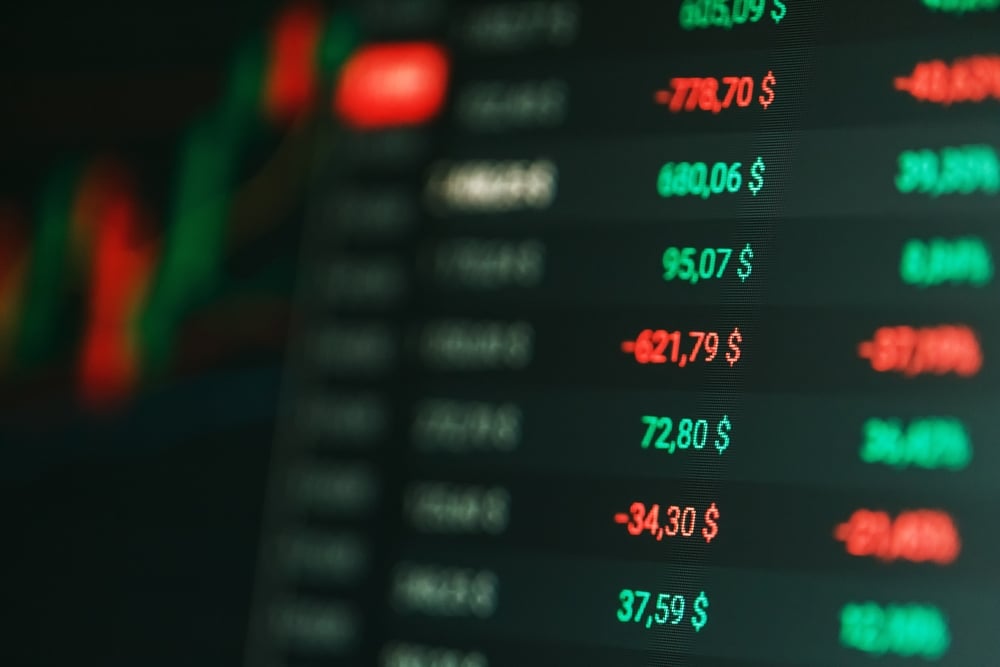Monetary easing, relaxation or expansion is set of policies conducted by the central banks in order to push overall price level, to stimulate inflation and aggregate demand. Globally, central banks were using these expansionary policies in order to combat recession, stimulate spending and accelerate growth. They increase the supply of money, lowers interest rates and […]
FuturesFutures contracts or simply futures are derivative financial instruments whose value is derived from the value of underlying. Buyer of the futures contract agree it will buy the specific amount of underlying at predetermined future time and at predetermined price. The seller agrees to sell and if specified deliver the underlying. Underlying can be any […]
LIBOR stands for London Interbank Offered Rate and serves as a globally accepted key benchmark for short-term interest rate indicating borrowing costs between banks. It is produced for five currencies (CHF, EUR, GBP, JPY and USD) and seven tenors (Overnight/Spot Next, 1 Week, 1 Month, 2 Months, 3 Months, 6 Months and 12 Months) based […]
Correlation is a statistical measure of a degree to which two assets are linked and move in relation to one another. The correlation coefficient is the number which shows the strength of the relationship between the movements of two assets. It ranges between -1 and 1. Two assets are strongly negatively correlated if in 100% […]
Commodity Channel Index was firstly introduced by Donald Lambert in 1980. Initially, he wanted to analyze and confirm the cyclical turns in commodities. However, the indicator proved to be versatile and applicable to other asset classes. CCI is a momentum-based oscillator. Simply speaking it is calculated as a difference between the current price and simple […]
Credit Default Swap is a financial derivative providing insurance in case of a credit event, usually a default on a loan. It provides investors with protection and decreases the risk. If a creditor assumes his borrower will not meet his loan obligation, he can buy a CDS and transfer the risk to the third party. […]
Bonds are fixed-income instruments in which the issuer pays interest to the holder of the bond and repays the principal at the maturity date. Interest is usually paid annually, semiannually, or monthly. A bond can be resold in the secondary market before it matures at a price larger than face value. Bonds are usually issued […]
Leverage Leverage allows investors to trade a much bigger volume than they initially would. Having limited capital investor can borrow a certain amount of the money from the broker and get much bigger market exposure. Leverage in the forex market is one of the highest thus making it much more attractive than the stock market […]
Nasdaq Composite Index Nasdaq Composite index includes more than 3000 stocks listed on the Nasdaq stock exchange. First introduced in 1971, it is one of three globally-followed US stock market indices along with Dow Jones Industrial Average and S&P 500. Primarily, the Nasdaq represents a benchmark for the performance of technology and growth companies such […]
Bollinger bands Bollinger bands are one of the tools in technical analysis used by traders to closely look at price movements. It was introduced by technician John Bollinger in early 1980s. He took one moving average with two more bands following around. They represent the two standard deviations from MA. Standard deviation approximates the volatility […]











